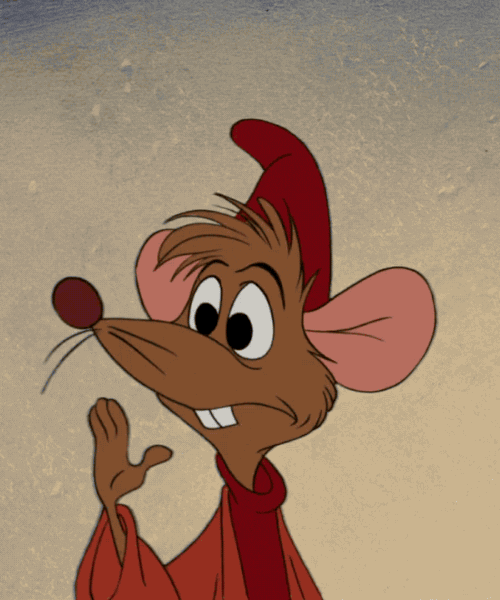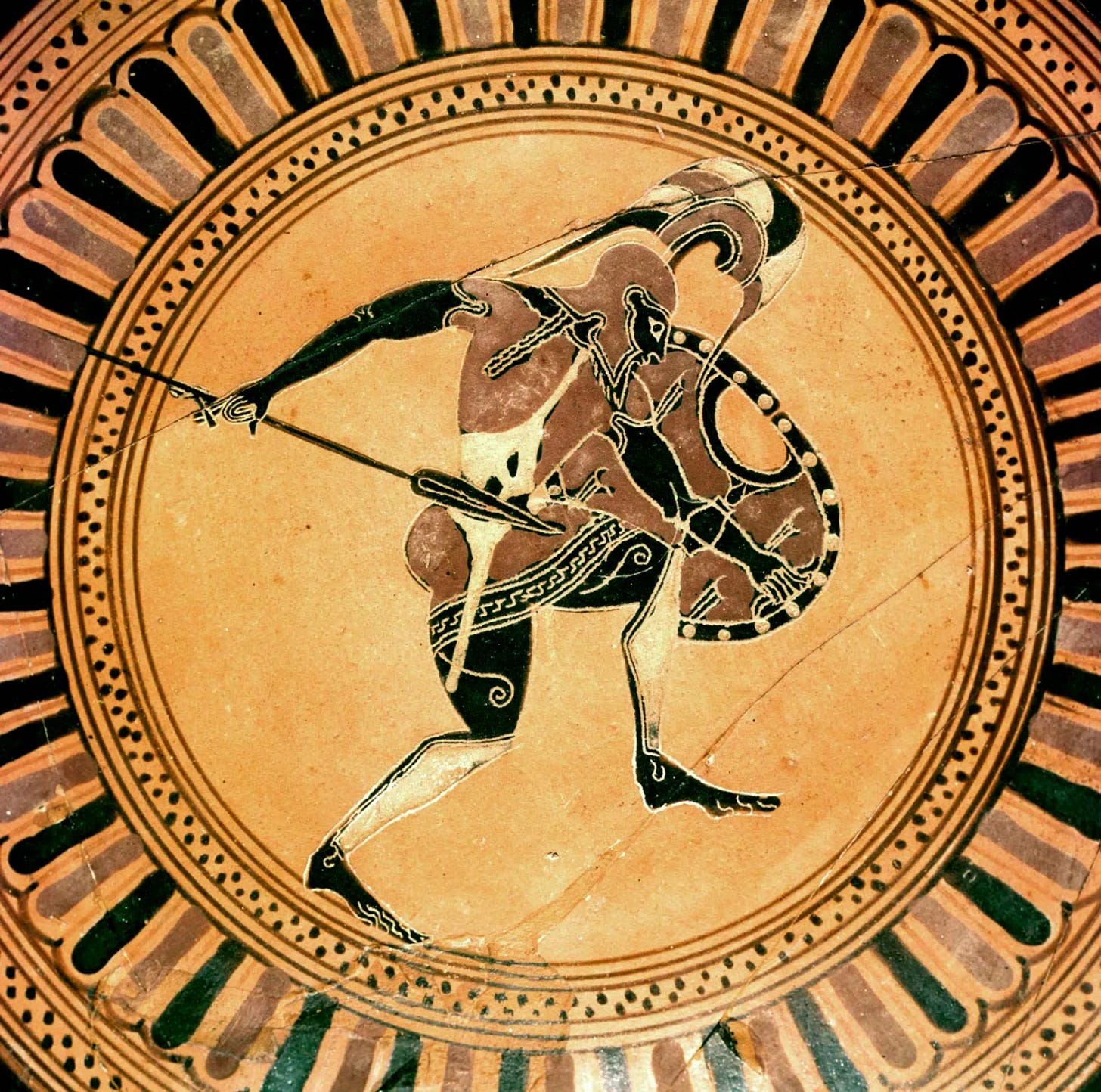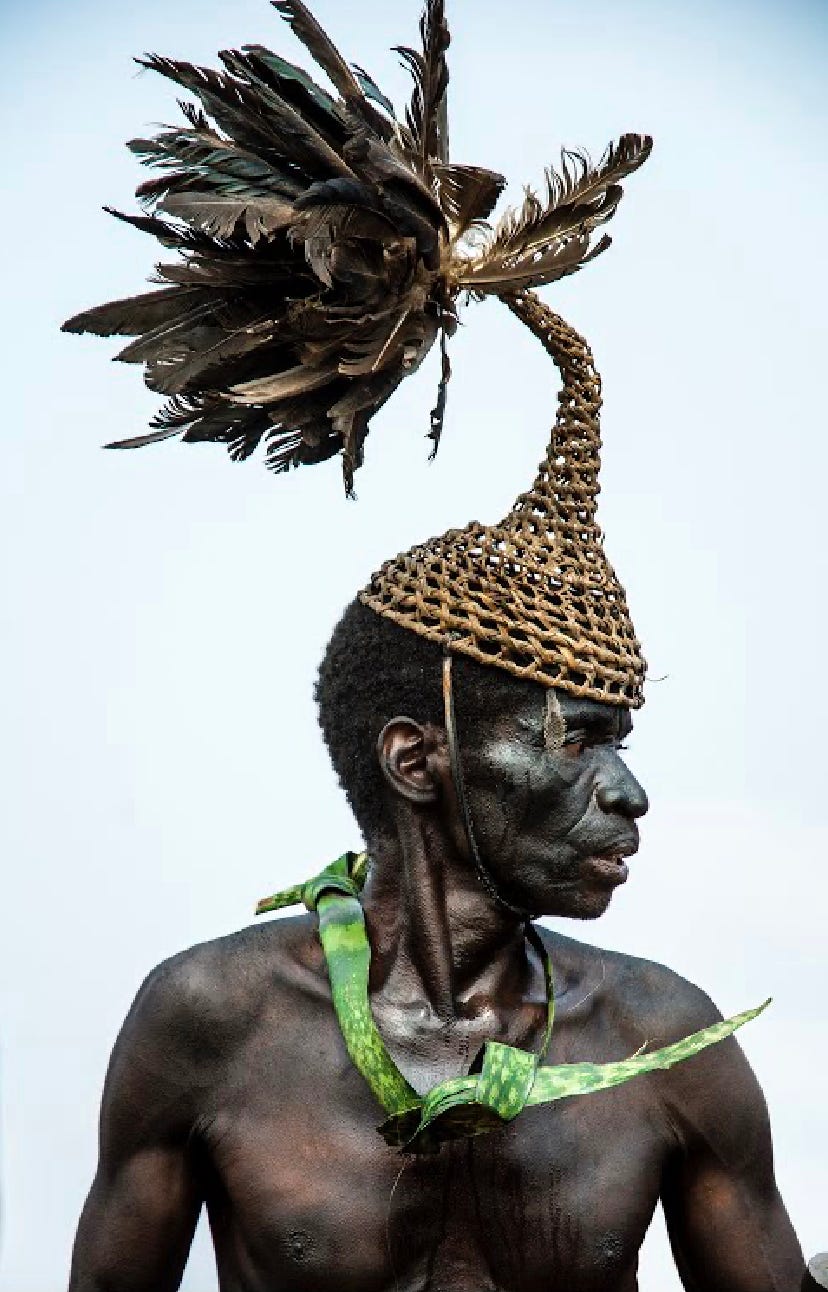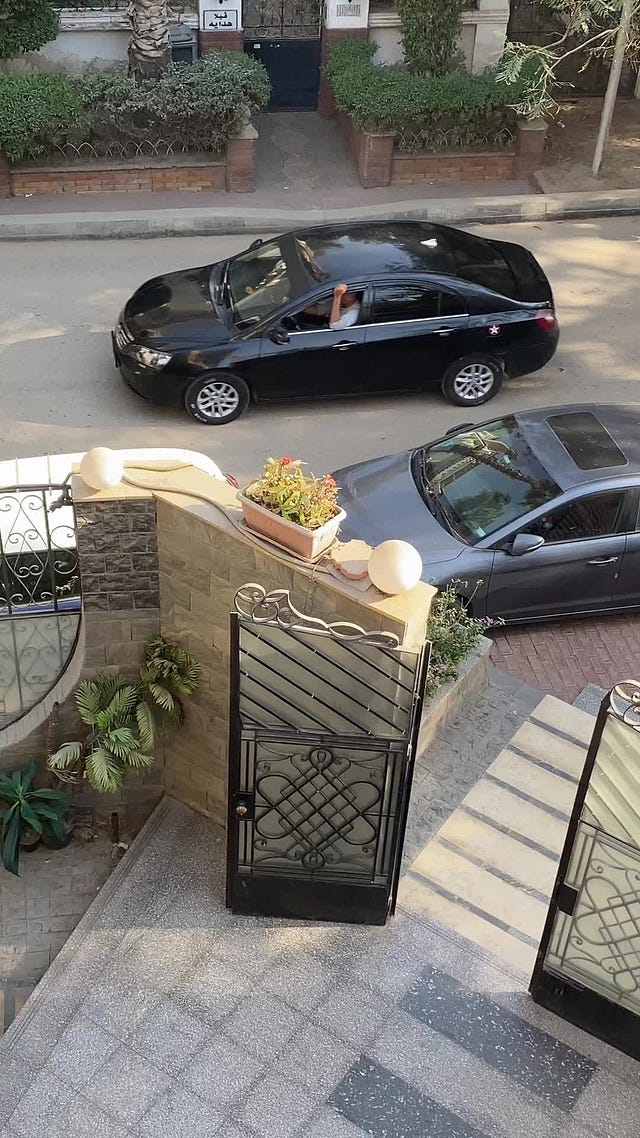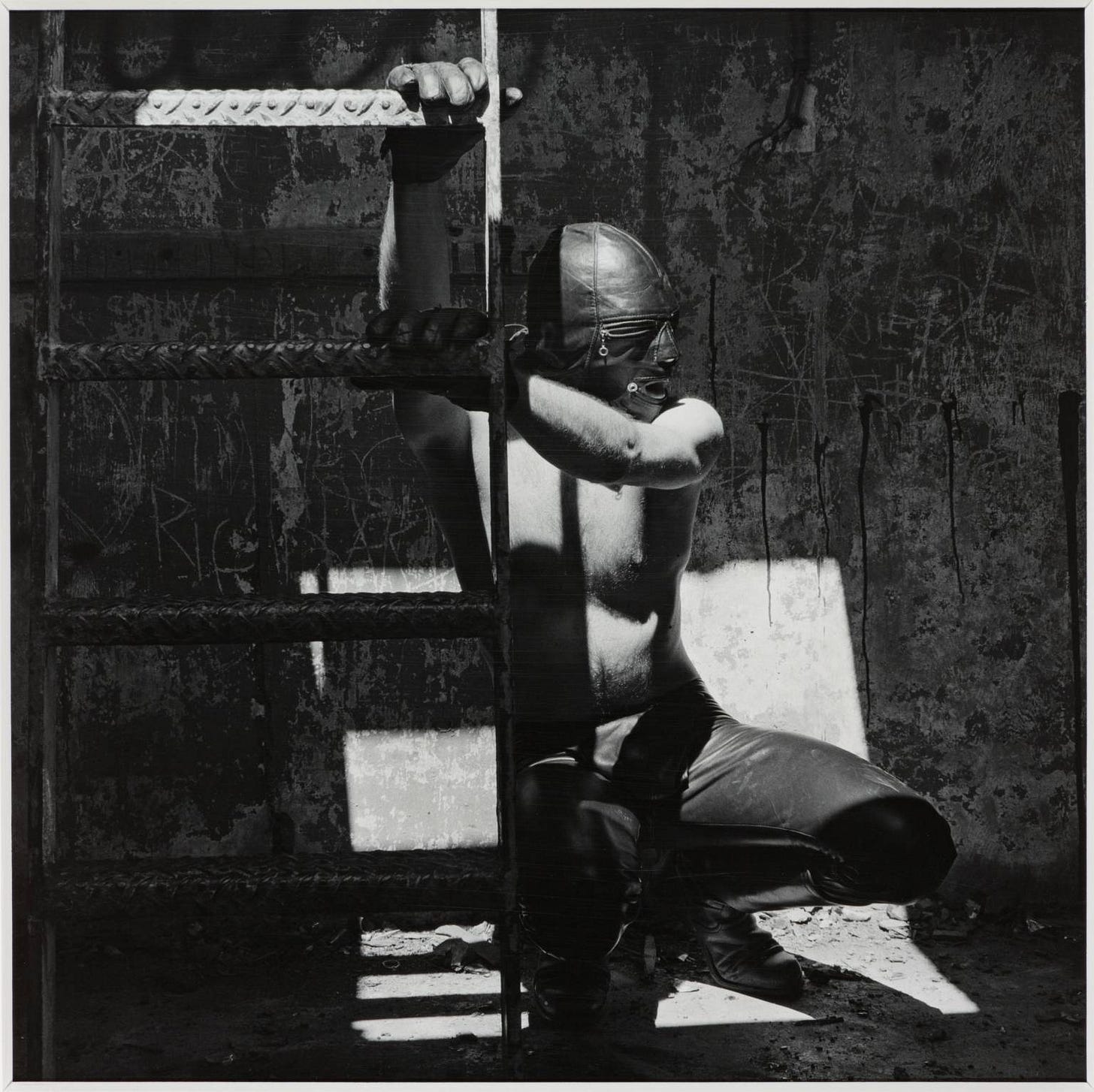Digestives! - a curated column of consumables delivered fresh to you on the last week of each month (toy sold separately)
Happy April Fools! This dispatch is coming to you slightly later than usual because I’d been pretty occupied with other things last month. I’m still working on my last essay for uni applications (which I’ve been having serious writer’s block over), and, having revamped my self-study plans, am swamped with other interests and commitments.
Anyway, for the month of April, I’m thinking of publishing a more academic essay instead of writing a more personal article as I usually do in the first week. Do keep an eye out for that! (if it does happen of course 👀)
I think that’s all I have to say, really. Remember to stay mindful, stay hydrated, and I’ll see you again real soon!
📖 Read 📖
March was a rather fruitful month for reading. Among the seven or so books I finished, I read three speculative fictions from Asian authors who explored patterns of living across time (one actually had fantasy time travel!) and space (figuratively, but also literally).
The first was “Singa-Pura-Pura”, an anthology of 13 works by Malay-Singaporean writers on religion, family, and technology. A couple of my favourites from this collection are “Doa.com”, a story by Hassan Hasaa’Ree Ali about an underground cemetery that automates prayers and supplications, and “Gold, Paper and Bare Bones”, a story by Farihan Bahron about an alternative Singapore where its citizens spend their whole lives accumulating social credit to earn blissful retirements.
The second one I read was “How High We Go in the Dark” by Sequoia Nagamatsu, an expansive novel about a devastating arctic plague that is rather reminiscent of our collective Covid-19 experience. What grounded me in these pages was the tenderness and smallness of each and every character. It is in their search for care and community that their lives intertwine, and they learn to weather the plague together. Nagamatsu excels at creating interweaving plots that forge connections despite emotional and physical isolation due to the plague. While the novel has its shortcomings, it still more than holds its own in delivering a speculative work that straddles the line between fiction and reality.
The last speculative fiction I read was a Southeast Asian inspired fantasy by Vincent C. Sales entitled “The End of All Skies”. Unlike the other two, which mainly revolve around speculative presents and futures, “The End of All Skies” reinterprets Filipino folklore and culture to tell a legend that is part origin myth, part epic fantasy. It’s a strange book to think about, really, because it feels so weathered and ancient, and yet so vivid and contemporary. The plot revolves around this revolution against tyranny, you see. And while this is a phenomenon that has occurred across the great breadth of human history, there is something so very fundamentally modern about the way Sales weaves revolution into a historical fantasy setting - the emphasis on the power and agency of the common people; the exploration of propaganda and state narratives as embodied in magic and folk tales; and the immortalisation of and reverence for heroes and pioneers of the state (think Jose Rizal of the Philippines). When you look at modern Southeast Asia, you see that its history is characterised by revolutions and uprisings. Just think of the August Revolution in Vietnam, the Indonesian National Revolution, or even the People Power Revolution in the Philippines. It’s really at the end of the book that you get a real sense of Sales’s argument: that the peoples of Southeast Asia have always been revolutionaries and reactionaries, that it is not their birthright to remain subdued under an imperial conqueror just because they have forgotten the greatness and divinity they once possessed, that they can and should fight for autonomy and independence by drawing strength from blood and tradition.
Child marriage is an endemic issue in Pakistan, which has the sixth-highest number of girls married under 18 in the world. In a Frontline article published by climate + culture magazine, Atmos, Anmol Irfan examines how this issue has been exacerbated by climate change and the recent floods in Pakistan. With a spike in scarcity, families in poverty and crisis are forced to marry off their daughters to stay afloat. When you take into account that child marriages are linked to higher birth rates and thus increasing proportions of impoverished people in national populations, you get the workings of a problem that is worsening at a potentially exponential rate. It is clear that systemic reform - one that deploys social, economic, political, and environmental solutions to tackle the sociopolitical structures themselves - is needed to eventually end child marriage altogether.
In the prenatal screening and abortion of foetuses with special needs, I have wondered sometimes about the kind of message we’re sending about these special people and their right to exist. Yes, raising a child with special needs will no doubt come with its own challenges, and I don’t assume that all parents have sufficient means to care for a child with special needs, but, as genetic counsellor Laura Hercher wisely wonders, “If our world didn’t have people with special needs and these vulnerabilities, would we be missing a part of our humanity?” In Denmark, where universal prenatal testing has lowered the births of babies with Down syndrome to near zero, this is a question that people with Down syndrome and their parents must consider carefully.
“The Phantom of the Opera” (yes the one featuring the guy wearing a spooky mask) is set to close this April in Broadway after 35 years on the scene. For musicians who have played for the musical for decades now, this is a pivotal moment in their lives. Maria Clara Cobo, for the New York Times, traces the stories of some of these musicians who have made a sustainable living under the shadow of the Phantom.
“Archaic Torso of Apollo”, by Rainer Maria Rilke, translated by Stephen Mitchell. This month, I have chosen four different images displaying men in various battle garments. They are similar in some ways, but different in many others. Particularly intriguing to me is the last one by the photographer Robert Mapplethorpe, who was known particularly for his documentation of gay male BDSM subculture. While it isn’t an image of a warrior per se, it does feel quite like one, doesn't it? What is the difference anyway, between love - or passion - and war? Is any one more honourable than the other? How can art influence our perspectives on these issues? Anyway, as I was choosing the poems for this dispatch, I was reminded of this one by Rilke which I had read earlier in the month. In a way, it’s really a poem about the power of art, how it exemplifies a certain perceived ideal (here, masculinity) that grasps our attention and never lets go.
“Gonzo”, by Éanlaí P. Cronin. This is a poem that breathes, breathes in the same cadence as Claire Keegan’s “Small Things Like These”. If you’ve read that one (and even if you haven’t), you should read this one too. There is a kind of powerful brevity behind this one. A sharpness in execution, a relentless march to the end.
“vesper”, by Iryna Shuvalova, translated by Uilleam Blacker. If you need love and healing at this time of the year, this poem is for you. Here is an excerpt:
at an hour like this it is hard to tell a wound: hurt, don’t heal to tell your heart: beat like a fire alarm bell to tell your body: tie yourself in a knot tremble don’t let go
🎬 Watch 🎬
One of the greatest gifts social media has given the world is the democratisation of fame and stardom. If you have a special talent, or look like a famous person, you can be the next big thing, at least for a while. Here, Princess Diana lives again in the body of a dark-haired TikToker who (in my opinion) is THE DUPE with her mastery of Diana’s signature head tilt.
Tiktok failed to load.
Enable 3rd party cookies or use another browserAlso, here’s a TikTok from Youssef Aboualam, who occasionally makes these cute videos where he invents small stories to accompany the lives of random people walking along a small street in Cairo.
Tiktok failed to load.
Enable 3rd party cookies or use another browserThe moon jar is a type of Korean porcelain that reached its heyday in the late Joseon period. It is known for its round, white facade which makes it look like a pale moon made from ash and clay. In this video, ceramic artist Dong Sik-Lee recreates a Joseon moon jar and, in so doing, brings a centuries-old tradition to life.
Daniel Caesar’s music video for his single, “Let Me Go” is such a vibe. It’s giving pastoral hinterland, but also suspenseful thriller wrapped up in a cool meditative tune. Who knew extricating yourself from a clingy lover could be so beautiful?
in case noBOdy Told you todaaaay / YOU’RE SPECIAL (Lizzo and SZA r servinggggg)
🎧 Listen 🎧
“THE SNAKE”, by Palestinian-American artist, Lana Lubany. A new wave of Arabic music is upon us, and Lubany is just one small part of it. Here, she slithers seamlessly between Arabic and English to deliver us a song that, quite honestly, sounds like a Slytherin rave. For those of you who aren't on Pottertok, there’s a popular trend going around where people pretend they’re Hogwarts students attending underground house parties. Ravenclaw does techno pop, Hufflepuff does … plants(??), Gryffindor’s parties are the worst cos they’re always giving missionary and vanilla, and Slytherin’s are the ones where the baddies truly at. And like, “THE SNAKE” is giving ambition, it’s giving power, it’s giving rave 👏 in 👏 the 👏 Chamber 👏 of 👏 Secrets 👏. It’s a whole villain anthem and I’m all here for it! 🐍
Lo-fi-esque tunes from FELIVAND. It’s really just the way beat and voice align that just scratches my brain in all the nice places. IDK, it’s just so … groovy.
A few summers ago, you moved to NYC to pursue your Broadway dreams. Every morning before you hit the subway in your Doc Martens, green juice in hand, you pump this song through your yassified AirPods Max. Damn does it feel good to be alive, you think. And you know what? You’re right. Good on you!
~ catchy tunes catch all the balls ~


